It’s hard not to be awed viewing Tassie from up here.
Words & images by Jan Hawkins
The Central Highland Plateau of Tasmania, otherwise known as the Lakes World Heritage region, is a world very different from the popular coastal apron around the Apple Isle. It is an alpine plateau in the centre of the island, high and unique. It takes in Cradle Mountain in the north and extends down south to the once colonial outreach of Bothwell, which is one of the earliest highland colonial outposts of Tasmania.
It also encases world-famous trout lakes such as Penstock Lagoon – part of the anglers’ paradise that is the lakes system. It’s a system naturally formed by glacial gouging some 18,000 years ago and further developed more recently by the extensive building of Tasmania’s Hydro Electricity Scheme.
That all began in 1916 with the remarkable Waddamana Hydro Power Station – free to visit as a museum today. The Tasmanian hydro scheme began here and it finished with the blockading of the Gordon River in the 1970s and people’s desire to preserve this now unique and remarkable World Heritage region.
Tasmania’s Hydro Lakes were the forerunner to the great Snowy Mountains Hydro Scheme to the north and even today Tassie’s Great Lakes Power Scheme produces more electricity than the much-lauded Snowy Hydro. In fact, they are now selling Tasmanian power to Victoria, which annoys the Taswegians… as I hear they would prefer cheaper power bills. But there’s no denying that the lakes of this alpine high country are a wonder to enjoy and a delight to experience.
Going Up in the World
For travellers and locals alike, the high country lakes are a hidden gem with (sadly) many RV travellers deciding not to take on the steep and windy high country escarpment roads to reach this vast alpine plateau. Access is easier from the southern end of the plateau through Bothwell, with a gentler climb up the southern steppes than the notorious escarpment roads in the north.
Each magnificent lake of the highland country offers some great opportunities for travellers and holidaymakers. Common are the lakeside camp areas – many of them free or very economically priced. Entertainments range from fishing and boating along with a multitude of water activities through to seasonal hunting and trekking. In the winter season the highlands offer a glorious landscape for winter sports as well as cross-country skiing.
Arthurs Lake is the most popular trout lake for the angler and this is where we chose to camp… with the brown trout catch being self-sustaining. A bag limit of 12 applies and the season runs from the first Saturday in August to the Sunday nearest April 30.
Small communities and fishing villages cluster around these lakes, such as you will find around The Great Lake shores. The Great Lake is Tassie’s second-most popular spot for the angler with Tods Corner and Canal Bay reserved exclusively for artificial lures. Trout is the attraction and the catch is currently dominated by the brown trout – with the best baits being mudeyes, crickets and worms.
At the quaint Great Lakes Hotel, you can enjoy your visit along with a good feed and a yarn or two with the locals in any season. These small cluster communities are part of the adventure and the locals will happily tell you about the joys of life in the still-wild high country.
Most people are here for the fishing, which is usually exceptional all year round, but be warned… it snows up in the Tassie highlands and it’s not unknown to be under a sprinkle of snow in December. Access to the lakes camping areas is seasonal; and even in the busy Christmas period the log fires are often still burning – not for comfort but for heat!
A Wild Country
There is a strict, seasonal, licenced deer hunt for the elusive and yet delicious supply of wild venison for the bakeries throughout the lowland skirt of Tasmania. The Tassie venison pie, almost as famous as the scallop pie, is a treat not to be missed when you can find it on offer. We headed for the Frog’s Bakery Café in Deloraine, below the highlands, where you can often find this treat.
Wildlife abounds in the highlands. There are wombats and echidnas along with the wallabies commonly risking their lives as they cross the more popular highland roads, in front of unwary travellers. The region is also the natural habitat for the mighty wedge-tailed eagle… although it is a lucky soul who gets to witness these beautiful creatures in flight.
It is an area that will prompt comparisons with the Scottish Highlands thanks to the ‘Scottish mist’ or ‘Aussie sprinkle’, along with the added delights of the unique wildlife. This is what attracted the colonial Scotsmen – emigrants, freemen or convicts alike – to this vast wilderness a century before the development of the extensive Lakes system. It was then wild, woolly, windy and very much remote country. These days it has become a treasure in the traveller’s itinerary.
The mightiest of the hydro lakes is Lake Pedder, once a glacial lake hidden deep in the now Franklin-Gordon Wild Rivers National Park. This was the last of the region’s ancient glacial lakes to be dammed. It marked the loss of a magnificent wilderness, with the flooding of Lake Pedder in the 1970s along with its neighbour and twin, Lake Gordon, to make one of the largest of Australia’s freshwater lakes. This caused the demise of the magnificent pink quartzite beach of the ancient Lake Pedder… and that is what fired the hearts of the conservation movement.
Today the system of hydro lakes is what gives Tasmania its crown in being a ‘renewable energy’ leader in Australia. It also inspired the preservation of the truly beautiful World Heritage National Park conservation region, which is one of the greatest credits to Australia’s reputation as a remarkable and truly unique corner of the world.
Licensing:
To fish in any inland water in Tassie you need a current Inland Angling Licence, unless you’re a nipper under 14 years. Bag limits apply. Threatened native species are the Great Lake paragalaxias and the saddled galaxias – so let these catches go free.





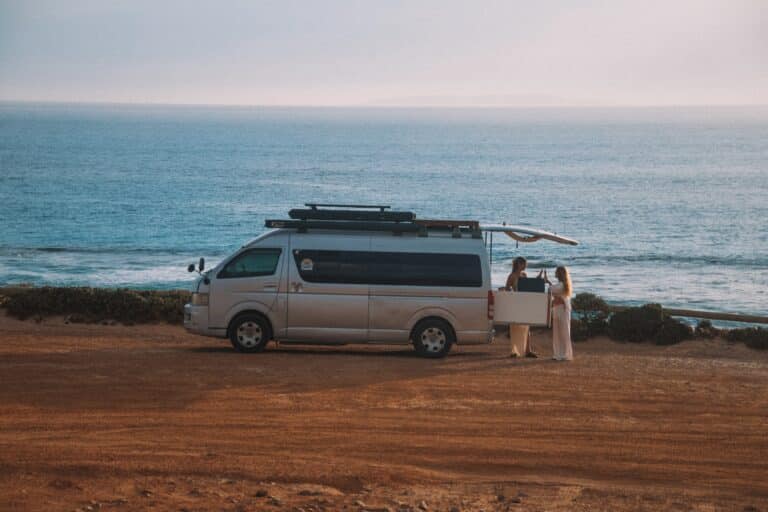
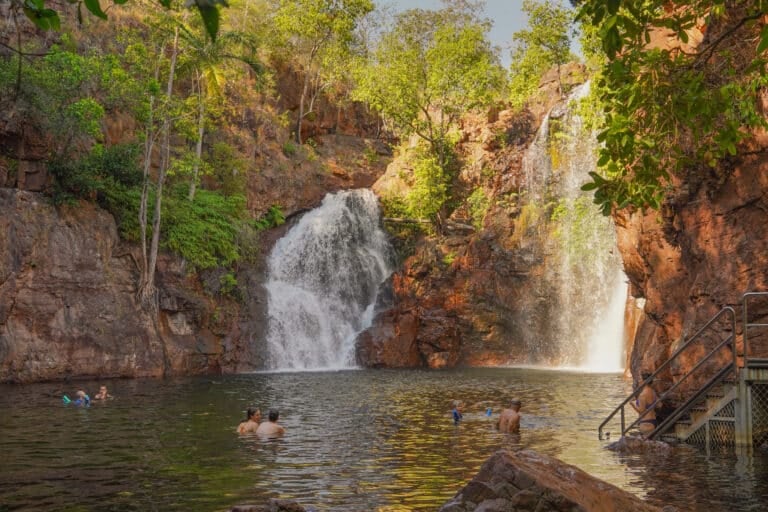
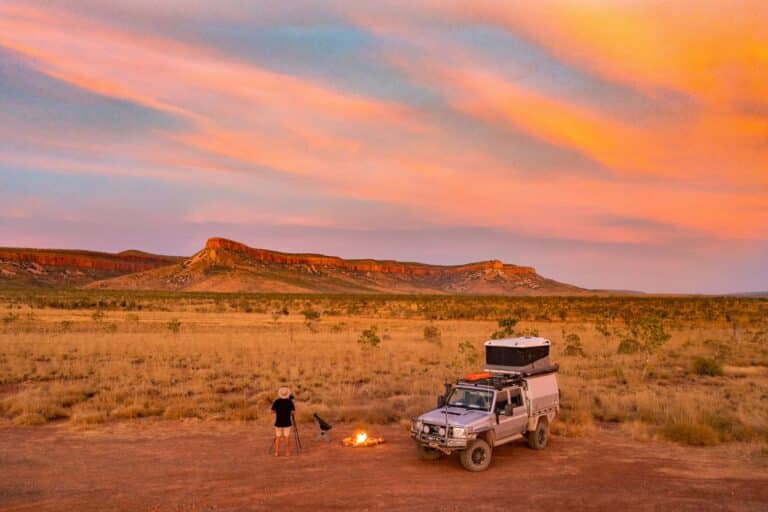
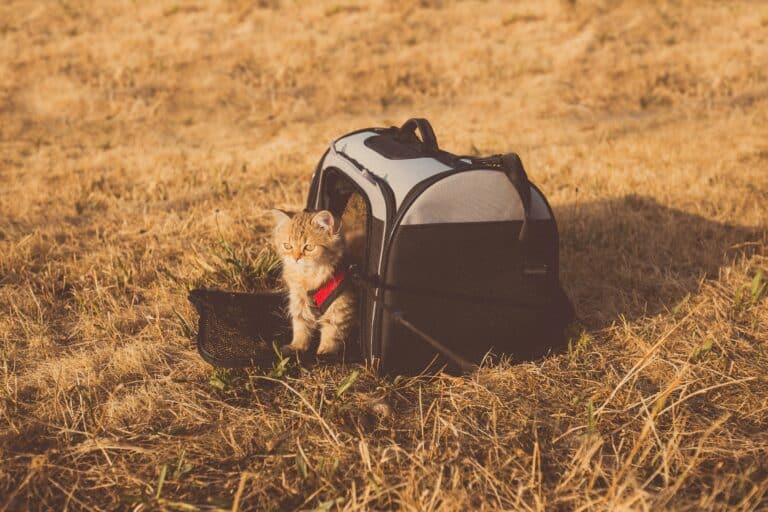
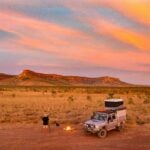
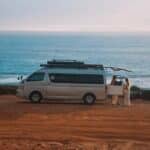

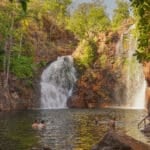
[…] Article From RvDaily […]
[…] Article From RvDaily […]